ISO/IEC 17025: What Does it Mean to You?
 In this day and age there are many internationally recognized quality standards. One of the most common is ISO 9001, used predominantly in the production industries. This standard primarily addresses management, corrective and preventive polices and procurement. I’m sure you’ve heard of ISO/IEC 17025 in relation to laboratory quality standards and accreditation. These requirements were developed from the ISO 9001 – with a specific focus on laboratory functions.
In this day and age there are many internationally recognized quality standards. One of the most common is ISO 9001, used predominantly in the production industries. This standard primarily addresses management, corrective and preventive polices and procurement. I’m sure you’ve heard of ISO/IEC 17025 in relation to laboratory quality standards and accreditation. These requirements were developed from the ISO 9001 – with a specific focus on laboratory functions.
What is ISO/IEC 17025?
ISO/IEC 17025 specifies requirements for the competency of the entity to carry out tests and/or calibrations, including sampling. It covers testing and calibration performed using standard methods, non-standard methods and laboratory-developed methods. It ensures accredited laboratories are able to demonstrate that they are technically proficient and that the data produced is both accurate and precise. While it is a voluntary requirement, the accreditation requirements are reviewed by third-parties to ensure that the laboratory’s quality management system is thoroughly evaluated to guarantee continued technical competency and compliance with ISO/IEC 17025.
Laboratory accreditation bodies use the ISO 17025 standard specifically to assess factors relevant to a laboratory’s ability to produce precise, accurate test and calibration data. This includes:
- Traceability of measurements and calibrations to both national and international standards
- Technical competence of laboratory staff
- Test equipment maintenance
- Quality assurance of test and calibration data
- Validity and appropriateness of test methods
- Appropriate handling and transportation of test items
Accreditation bodies regularly re-assess laboratories that are under the ISO/IEC 17025 for continued compliance to the standard. Furthermore, laboratories are required to participate in regular proficiency testing programs, to demonstrate their ongoing competence to perform the testing.
So, what does all of this mean to you, the customer?
Whether you are a current customer or are looking to begin fluid analysis testing with a laboratory, selecting an ISO/IEC-accredited laboratory helps you:
- Minimize risk – an important component of the ISO 9001 quality standard.
- Ensure you are choosing a technically-competent laboratory.
- Gain peace of mind that the laboratory a has sound, proficient quality system in place.
- Be confident the laboratory has had its systems and processes evaluated by an independent third party.
As an ISO/IEC 17025-accredited laboratory, POLARIS Laboratories® demonstrates a proven track record of having a robust and effective quality system to ensure that you, the customer, can expect accurate and reliable sample data and technically-sound maintenance recommendations. Learn more about POLARIS Laboratories’ commitment to quality performance and our ISO/IEC 17025 accreditation.
Proven Impact. Proven Uptime. Proven Savings.
Let us prove it to you.

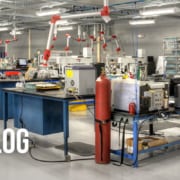
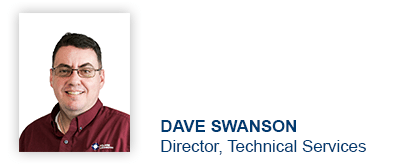
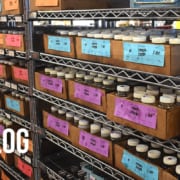
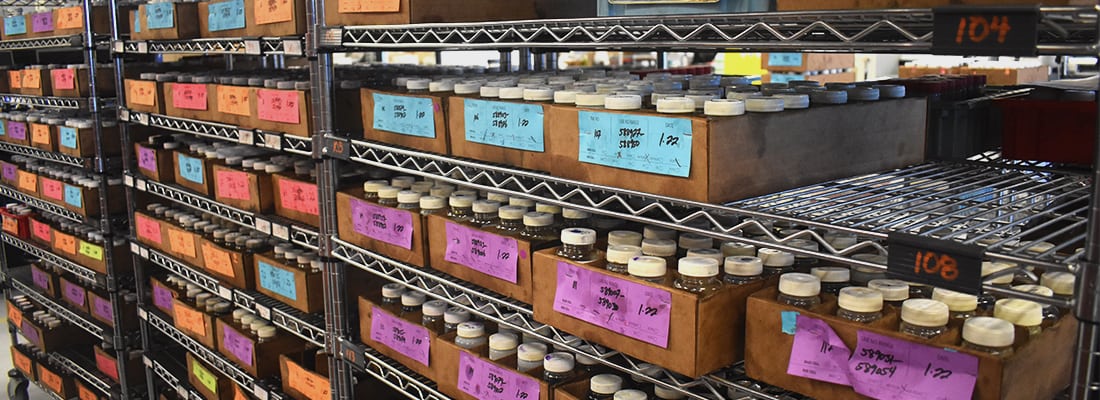 As a leading fluid analysis laboratory – we strive to meet our customers needs and exceed their expectations. Our fluid analysis laboratories operate under Lean principles – maximizing customer value while minimizing waste. Simply put, this means we create more value using fewer resources. The Lean ideas, principles and standards were originally created by Toyota to eliminate waste and inefficiency in its manufacturing operations. The process became so successful that it has been embraced in manufacturing sectors around the world – POLARIS Laboratories® included. We fully embrace and operate under Lean principles in all six of our laboratory locations.
As a leading fluid analysis laboratory – we strive to meet our customers needs and exceed their expectations. Our fluid analysis laboratories operate under Lean principles – maximizing customer value while minimizing waste. Simply put, this means we create more value using fewer resources. The Lean ideas, principles and standards were originally created by Toyota to eliminate waste and inefficiency in its manufacturing operations. The process became so successful that it has been embraced in manufacturing sectors around the world – POLARIS Laboratories® included. We fully embrace and operate under Lean principles in all six of our laboratory locations.

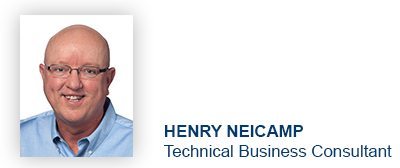
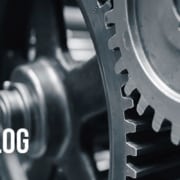
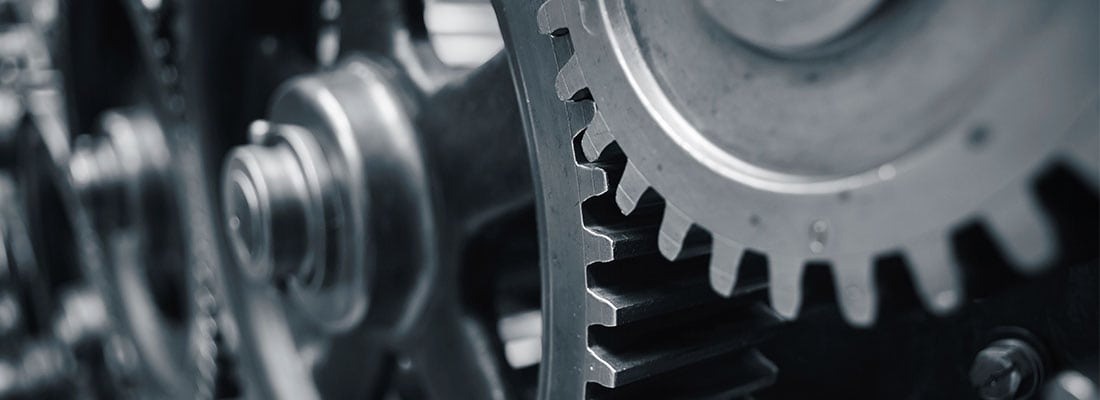



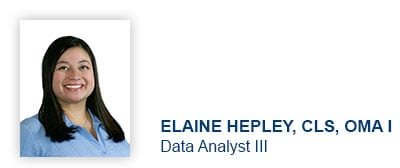
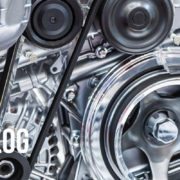


 POLARIS Laboratories® experienced succesful networking and visibility at the NORIA Reliable Plant Conference and Exhibition April 17-19. The conference welcomed hundreds of lubrication, oil analysis and maintenance professionals to Indianapolis. POLARIS Laboratories® was proud to be a premier sponsor of the event and provided many opportunities for attendees to network and learn about proven fluid analysis services.
POLARIS Laboratories® experienced succesful networking and visibility at the NORIA Reliable Plant Conference and Exhibition April 17-19. The conference welcomed hundreds of lubrication, oil analysis and maintenance professionals to Indianapolis. POLARIS Laboratories® was proud to be a premier sponsor of the event and provided many opportunities for attendees to network and learn about proven fluid analysis services.

 “It’s not just fluid analysis, it’s what you do with it” is something we say a lot here at POLARIS Laboratories®. We strive to help our customers extend the life of their equipment – we do this through not only laboratory testing, but extensive data generation and analysis. While some consider us just “the laboratory”, we pride ourselves on being more than that. By providing you with in-depth analysis and maintenance recommendations, you can address any maintenance issues early.
“It’s not just fluid analysis, it’s what you do with it” is something we say a lot here at POLARIS Laboratories®. We strive to help our customers extend the life of their equipment – we do this through not only laboratory testing, but extensive data generation and analysis. While some consider us just “the laboratory”, we pride ourselves on being more than that. By providing you with in-depth analysis and maintenance recommendations, you can address any maintenance issues early.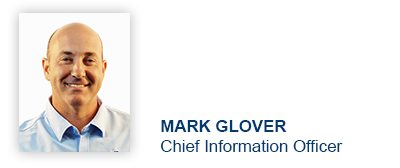

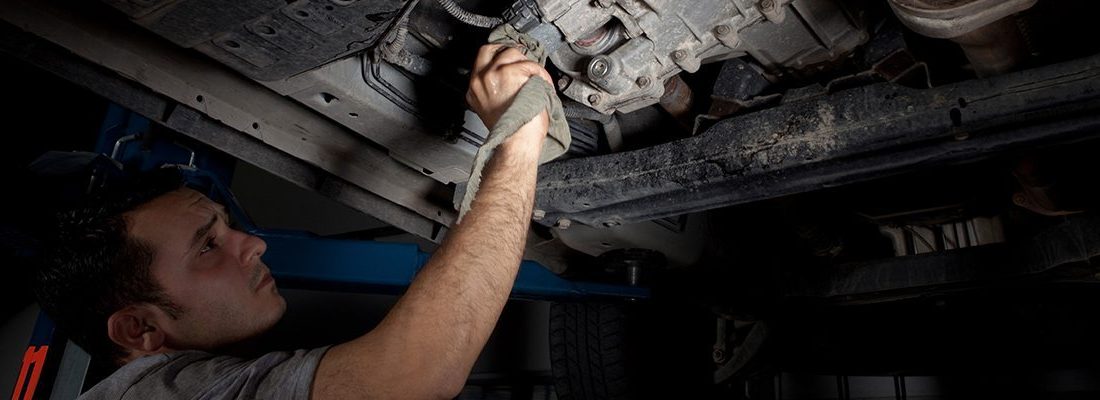
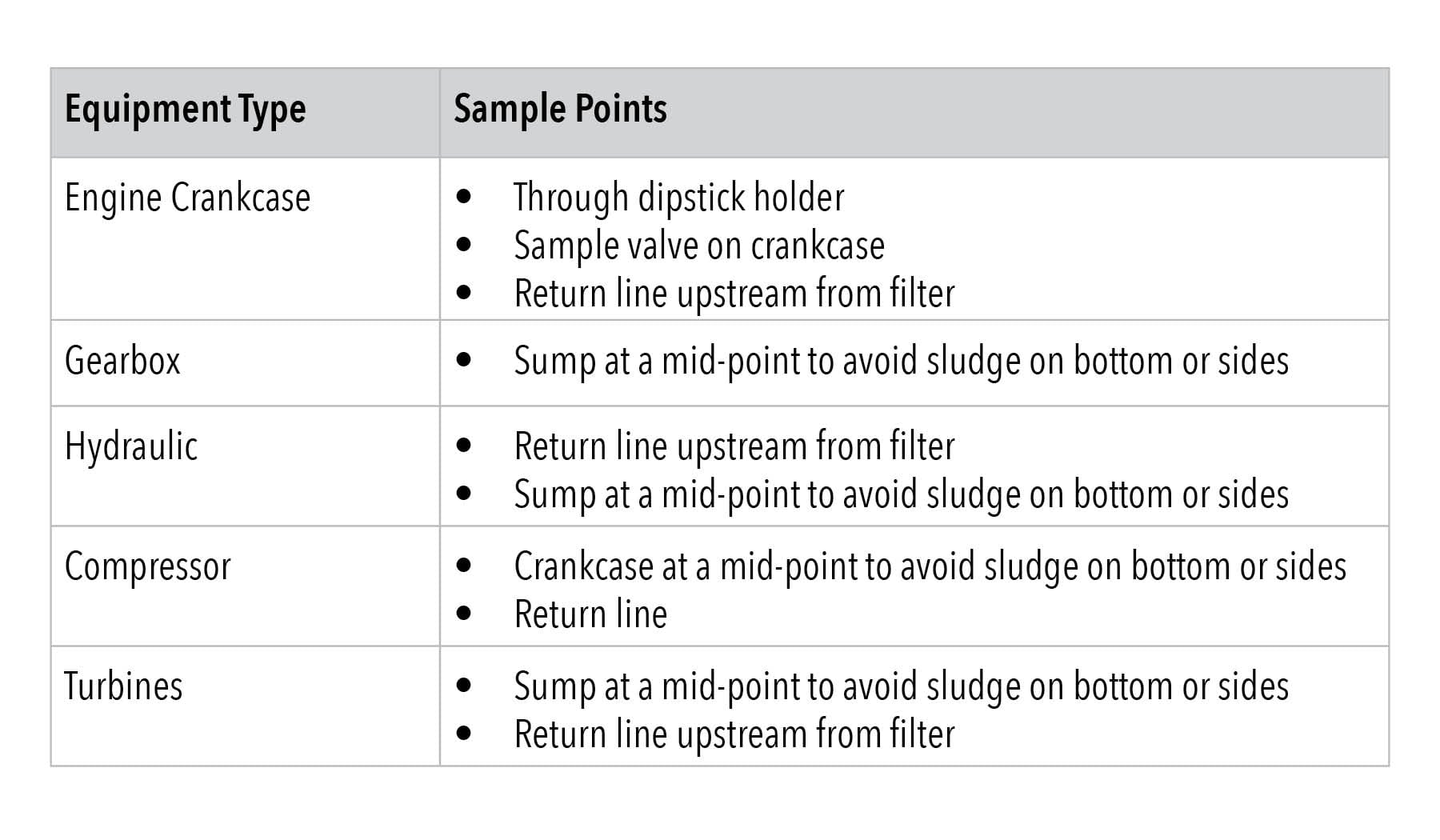
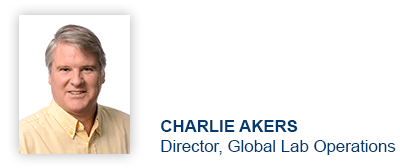


 Building on past feedback from nearly 200 customers across more than 90 companies, the 2018 summit will provide greater variety and depth in the content we share. This is a must-attend for new and returning customers. Specific content will include new insights on:
Building on past feedback from nearly 200 customers across more than 90 companies, the 2018 summit will provide greater variety and depth in the content we share. This is a must-attend for new and returning customers. Specific content will include new insights on:
